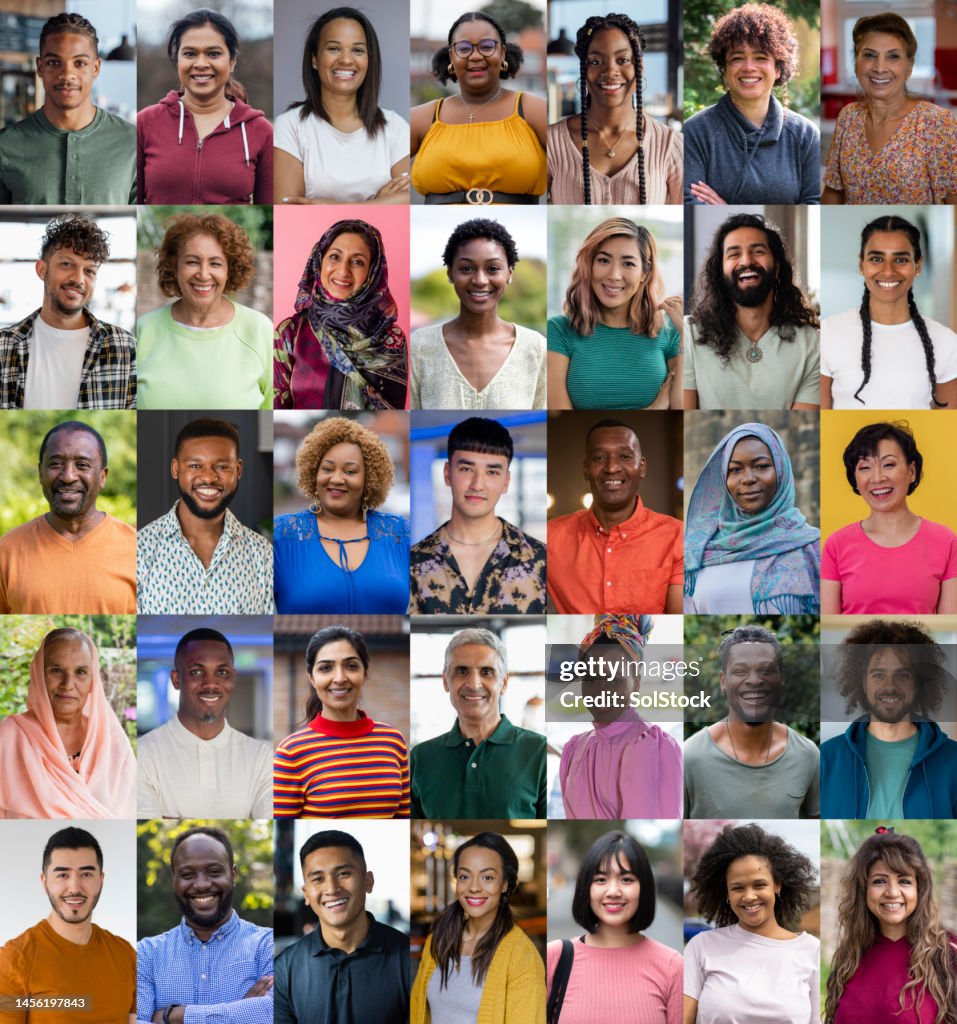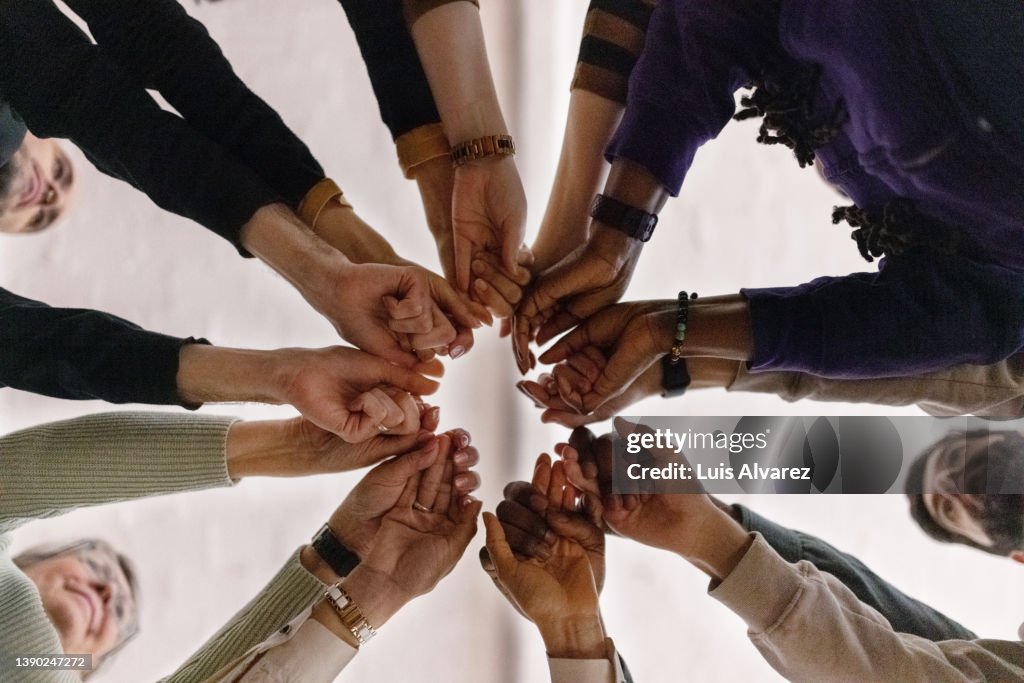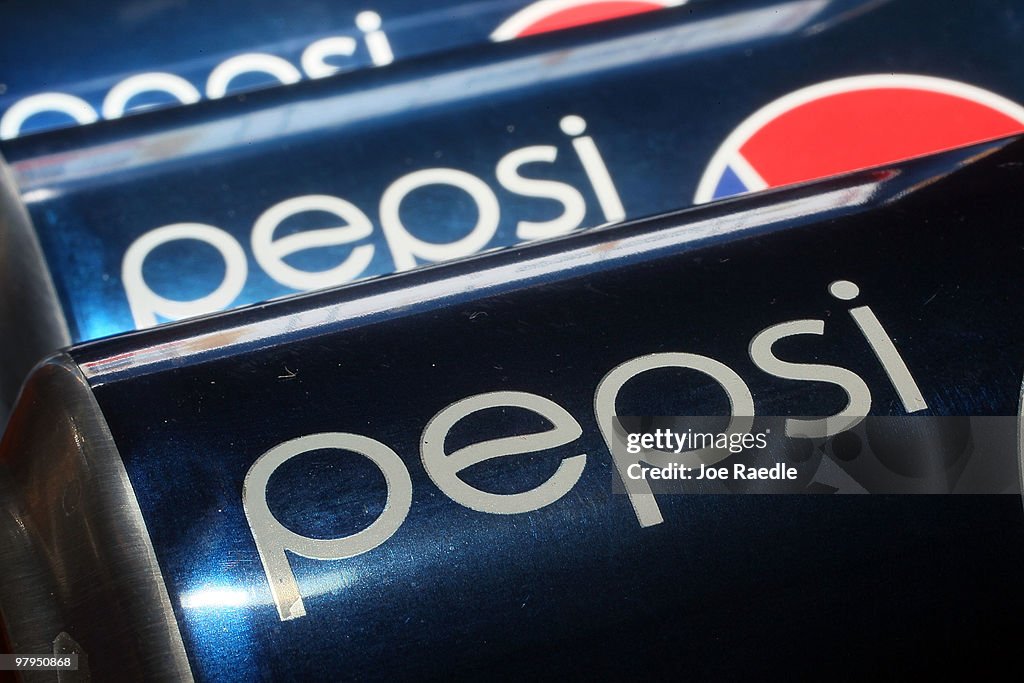In public relations, experiential diversity refers to the range of experiences, backgrounds, and perspectives that individuals within an organization or industry bring to the table (Mud, 2021). This encompasses differences in ethnicity, socioeconomic background, education, career experience, cultural exposure, and personal interests. Experiential diversity is essential in PR because it enables organizations to better understand and communicate with diverse audiences. Seeing as public relations is all about managing a company’s image and its communication with the public, having a diverse team with varied experiences allows for more authentic, and effective messaging.

Why Teams Need Experiential Diversity
One of the key reasons experiential diversity is so important is that it fosters creativity and innovation. One source states that, “diversity-oriented leadership (i.e., recognizing and welcoming the contributions of employees from diverse backgrounds and characteristics in decision-making processes) … [is a] key antecedent of organizational justice, which in turn, influences employee engagement and advocative behaviors” (Lee et al., 2022). Teams that are diverse may be better at problem-solving because they can approach challenges from many different angles. In a PR context, this can mean being able to develop creative campaigns that better resonate with various demographic groups. Teams with experiential diversity are also more likely to catch potential missteps or culturally insensitive messaging, which is crucial in today’s highly connected world where PR mistakes can quickly go viral and damage a brand’s reputation.
Furthermore, a lack of diversity in experiential backgrounds can lead to campaigns that unintentionally alienate certain groups. Public relations professionals are responsible for building relationships with the public, which means they must understand the nuances of different cultures, values, and experiences. An article in the Bulldog Reporter states,
“brands that want to be inclusive must first look inward—this means creating a diverse team that can understand different groups. This is, after all, how diverse ideas, innovative solutions, and multiple points of view emerge” (True, 2023).
A team lacking in experiential diversity may overlook key elements that would make a campaign more inclusive and resonant with its intended target audience.

Pepsi and Its Experiential Diversity Fluke
An example of an organization that failed in its experiential diversity efforts is Pepsi with its infamous Kendall Jenner advertisement in 2017. The ad showed Jenner participating in a protest in which she seemingly resolved tensions between protesters and police by simply offering an officer a can of Pepsi. The backlash to the ad was intense, as critics pointed out that it undermined serious social justice movements, such as those for Black Lives Matter, in which people were tear gassed, shot with rubber bullets, and some even lost their lives.
The failure of this campaign highlighted Pepsi’s lack of experiential diversity within the decision-making process. Perhaps if the company had more people involved who had experienced social justice issues, they might have foreseen the publics negative reception. The campaign came across as tone-deaf because the people creating it seemed disconnected from the very communities they were depicting.

If Pepsi employed a more diverse PR team—particularly one with a broader range of life experiences and a deeper understanding of racial and social issues—they might have been able to craft a campaign that was more thoughtful and authentic. It is important to note that, “diversity is achieved when a business recognizes the strengths of its various publics and employees and chooses strategies based on these strengths and perspectives” (Moore, 2024, “Diversity and public relations”). Since they did not focus on truly achieving diversity within their company, Pepsi hugely missed the mark, and was forced to pull the ad and issue an apology, but the damage to its reputation was already done.
Conclusion
In conclusion, experiential diversity is crucial in public relations because it helps organizations communicate more effectively with diverse audiences. Pepsi’s failure with the Kendall Jenner ad is a prime example of how a lack of diversity can lead to tone-deaf messaging that can damage a brand’s image. By prioritizing experiential diversity, organizations can create more inclusive, innovative, and culturally sensitive PR campaigns that resonate with broader audiences.
Key Words/Tags
Diversity, Equity, Inclusion, Public Relations, Experiential Diversity
References
- Lee, Y., Li, J., Fajardo, O. (2o22, July 26). What is Needed to Make DEI Efforts Successful, According to Diverse Employees. Institute for Public Relations. https://instituteforpr.org/successful-dei-efforts-employees/
- Moore, J. (Ed.) (2024). Diversity and public relations. Public Relations: Principles, Origins, and Practice. Cognella Academic Publishing. https://canvas.ou.edu/courses/355766/files/109880346?module_item_id=6907111
- Mud, J. (2021, June 15). Courageous conversations about diversity, equity, and inclusion with Tru Pettigrew. Axia Public Relations. https://www.axiapr.com/blog/podcast-episode-courageous-conversations-about-diversity-equity-and-inclusion-with-tru-pettigrew
- True, J. (2023, October 16). 7 Tips for incorporating DEI into your marketing and PR strategy. Agility PR Solutions: The Bulldog Reporter. https://www.agilitypr.com/pr-news/public-relations/7-tips-for-incorporating-dei-into-your-marketing-and-pr-strategy/